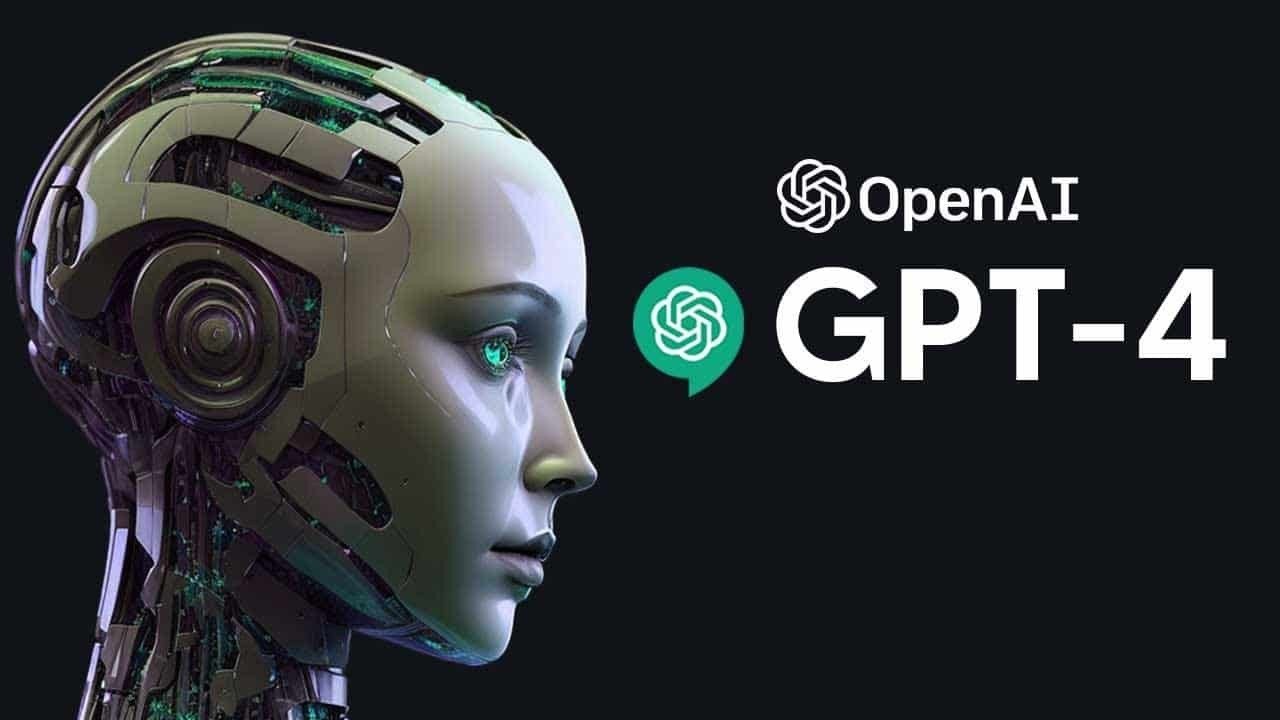ChatGPT-4: The Next Evolution in Conversational AI

In the rapidly evolving landscape of artificial intelligence, ChatGPT-4 stands at the forefront as the latest advancement in conversational AI technology. Building upon the successes of its predecessors, ChatGPT-4 promises to deliver even more human-like interactions, enhanced capabilities, and practical applications across various domains. From customer service chatbots to virtual assistants and content generation tools, ChatGPT-4 is poised to revolutionize the way we interact with AI-powered systems. Join us as we explore the features, benefits, and potential impact of ChatGPT-4 in shaping the future of AI.

Understanding ChatGPT-4
At its core, ChatGPT-4 is a language model developed by OpenAI, designed to generate human-like responses based on input text. Like its predecessors, ChatGPT-4 leverages deep learning techniques and vast amounts of training data to understand and generate natural language responses in real-time. However, what sets ChatGPT-4 apart is its unprecedented scale, sophistication, and ability to understand context, nuance, and intent with greater accuracy.
Key Features of ChatGPT-4
1. Improved Language Understanding
ChatGPT-4 boasts a larger and more diverse training dataset than previous versions, allowing it to better understand and generate responses across a wide range of topics and languages. With improved language modeling capabilities, ChatGPT-4 can generate more coherent, contextually relevant, and grammatically correct responses.
2. Enhanced Contextual Understanding
One of the key advancements in ChatGPT-4 is its ability to understand and maintain context over longer conversations. By analyzing previous interactions and user input, ChatGPT-4 can generate responses that are more relevant and coherent, taking into account the broader context of the conversation.
3. Multimodal Capabilities
In addition to text-based interactions, ChatGPT-4 also supports multimodal inputs, including images, audio, and video. This allows users to engage with the model using a variety of input modalities, opening up new possibilities for interactive experiences and applications.
4. Fine-Tuning and Customization
ChatGPT-4 offers advanced fine-tuning and customization capabilities, allowing developers to tailor the model to specific use cases and domains. By fine-tuning the model on domain-specific data, developers can improve the relevance and accuracy of responses for specific applications, such as customer service or technical support.
5. Ethical and Responsible AI
As with previous iterations, ChatGPT-4 is built with a strong focus on ethical and responsible AI principles. OpenAI has implemented safeguards and mechanisms to mitigate potential biases, promote fairness and inclusivity, and ensure that the model behaves in a socially responsible manner.
Practical Applications of ChatGPT-4
1. Customer Service Chatbots
ChatGPT-4 can be deployed as a virtual customer service agent, handling customer inquiries, troubleshooting issues, and providing support in real-time. With its improved language understanding and contextual awareness, ChatGPT-4 can deliver more personalized and efficient customer service experiences.
2. Virtual Assistants
ChatGPT-4 can serve as a virtual assistant, helping users with tasks such as scheduling appointments, setting reminders, answering questions, and providing recommendations. Whether integrated into smart speakers, mobile devices, or web applications, ChatGPT-4 can enhance productivity and streamline daily workflows.
3. Content Generation
ChatGPT-4 can assist content creators by generating ideas, writing drafts, and providing feedback on written content. From blog posts and articles to social media captions and marketing copy, ChatGPT-4 can help streamline the content creation process and inspire creativity.
4. Language Translation and Localization
ChatGPT-4’s multilingual capabilities make it well-suited for language translation and localization tasks. By supporting a wide range of languages and dialects, ChatGPT-4 can help bridge language barriers and facilitate communication in diverse global contexts.
5. Educational Tools
ChatGPT-4 can be used as an educational tool to provide personalized learning experiences, answer student questions, and facilitate interactive tutorials and quizzes. By simulating conversations with human tutors, ChatGPT-4 can enhance student engagement and comprehension in online learning environments.
The Future of ChatGPT-4
As ChatGPT-4 continues to evolve and improve, the possibilities for its applications are virtually limitless. From revolutionizing customer service and personal assistants to powering innovative content creation tools and educational platforms, ChatGPT-4 has the potential to reshape the way we interact with AI in our daily lives. As researchers and developers continue to push the boundaries of AI technology, ChatGPT-4 represents a significant milestone in the journey towards more intelligent, responsive, and human-like AI systems.
Conclusion
ChatGPT-4 represents the next evolution in conversational AI, with its advanced language understanding, contextual awareness, and multimodal capabilities. With practical applications across various domains, from customer service and virtual assistants to content generation and education, ChatGPT-4 is poised to transform the way we interact with AI-powered systems. As we embrace the possibilities of this groundbreaking technology, ChatGPT-4 heralds a new era of intelligent, empathetic, and human-like AI interactions.
Unique FAQs
- How does ChatGPT-4 compare to previous versions? ChatGPT-4 builds upon the successes of its predecessors with improved language understanding, enhanced contextual awareness, and support for multimodal inputs. With its larger training dataset and advanced capabilities, ChatGPT-4 offers more accurate and human-like responses across a wide range of applications.
- Can ChatGPT-4 understand multiple languages? Yes, ChatGPT-4 supports multiple languages and dialects, making it well-suited for global applications and language translation tasks. By leveraging its multilingual capabilities, ChatGPT-4 can help bridge language barriers and facilitate communication in diverse linguistic contexts.
- How does ChatGPT-4 ensure ethical and responsible AI behavior? ChatGPT-4 is built with a strong focus on ethical and responsible AI principles, including safeguards to mitigate potential biases, promote fairness and inclusivity, and ensure that the model behaves in a socially responsible manner. OpenAI continuously monitors and evaluates the model’s behavior to address any ethical concerns or unintended consequences.
- Can developers customize ChatGPT-4 for specific applications? Yes, developers can fine-tune and customize ChatGPT-4 for specific use cases and domains by providing additional training data and adjusting model parameters. By tailoring the model to specific applications, developers can improve the relevance and accuracy of responses for their target audience.
- How does ChatGPT-4 handle sensitive or confidential information? ChatGPT-4 is designed to prioritize user privacy and data security, with mechanisms in place to handle sensitive or confidential information responsibly. OpenAI recommends developers adhere to best practices for data handling and encryption to protect user privacy and ensure compliance with data protection regulations.






